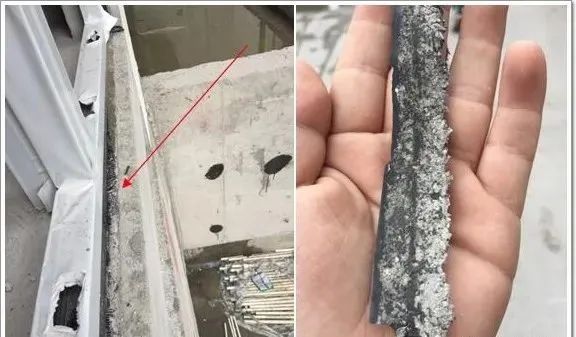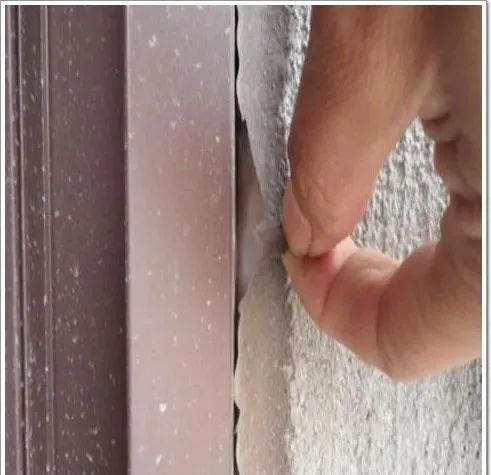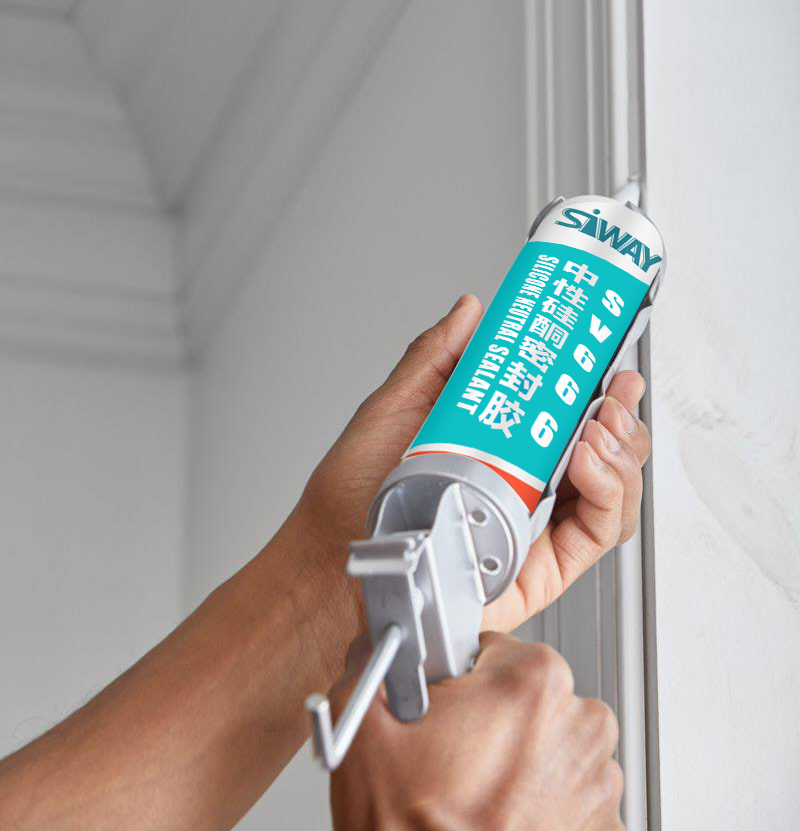In doors and windows, sealants are mainly used for the joint sealing of window frames and glass, and the joint sealing of window frames and internal and external walls. Problems in the application of the sealant for doors and windows will lead to the failure of door and window seals, resulting in water leakage, air leakage and other problems, which will seriously affect the overall quality of doors and windows.Introduce some common problems in the application of sealant for doors and windows, and provide solutions by analyzing the reasons to help users make good use of the sealant. First of all, I will introduce the most common problems: incompatibility, poor bonding, and storage problems.
① Incompatible
Some accessory materials used in door and window assembly, such as rubber materials (rubber pads, rubber strips, etc.), usually have a relatively close contact with the sealant. However, some rubber products may add rubber oil or other small molecular substances that are incompatible with the sealant system due to the manufacturer’s cost reduction or other considerations. When such rubber products are in contact with silicone sealant, rubber oil or other small molecular substances will migrate to the sealant, and even migrate to the surface of the sealant. During use, under the action of sunlight and ultraviolet rays, the sealant may become yellow. This phenomenon is more obvious on door and window adhesives with lighter colors.
Therefore, we recommend that before the sealant is applied, the compatibility test of the sealant and the materials it contacts should be carried out according to the compatibility test method in Appendix A of GB 16776 to determine the compatibility between the sealant and the substrate, and according to the compatibility test method. Construction was carried out as required by the test results.
② Poor bonding
In the application of door and window silicone sealant, the substrates that may come into contact are glass, aluminum, cement mortar, ceramic tile, wall paint, etc. There may be oil, dust or other residual substances on the surface of these materials. If the adhesion is not confirmed before construction, it may cause poor adhesion of the door and window silicone sealant.When the silicone sealant is used at the joint between doors and windows and the external wall of cement mortar, if the dust and sand on the surface of the cement mortar of the external wall are not cleaned up, there may be a phenomenon of non-bonding after the sealant is cured.
Therefore, in the actual process of using silicone sealant, it is necessary to pay attention to the pretreatment of the surface of the substrate to be adhered, and use appropriate methods to remove oil, dust, sand, easy to fall off loose layers.
③ Sealant storage problems
Sealant products belong to chemical products and have a certain storage period, so they are required to be used within the storage period. If the sealant has exceeded its shelf life, it is likely that the cure rate will be significantly slower, poorly cured or not cured.
According to the requirements of storage conditions in the relevant standards of sealants, the nominal storage period of sealants is below 27°C and under cool, dry and ventilated conditions. If the storage environment in actual use cannot meet the conditions specified in the standard, such as the ambient temperature is too high, the storage period of the sealant may be shortened. Even if the sealant does not exceed the nominal storage period under this condition, the phenomenon of slow curing will occur.
Post time: Sep-28-2022




